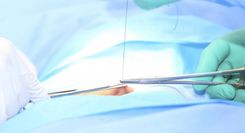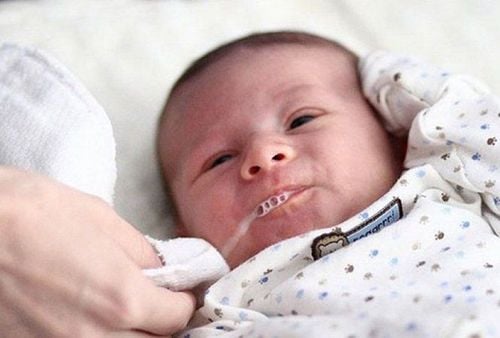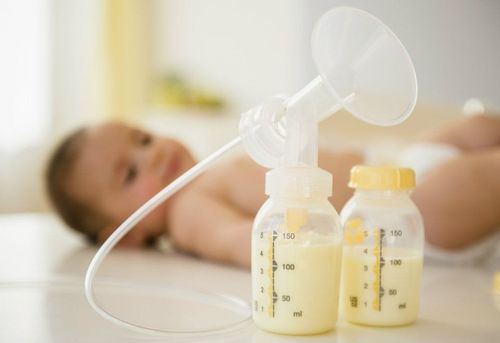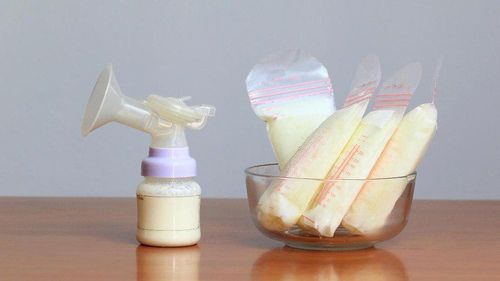Mastitis is an infection of the breast that is more commonly seen in women who are breastfeeding. However, this condition can still develop after you have weaned your child, or at any other time, even during pregnancy
1. Common Reasons Why Mothers Stop Breastfeeding
Some mothers may experience breast pain even after they stop breastfeeding. However, abrupt weaning can lead to issues such as clogged milk ducts, breast engorgement, and mastitis. It is recommended to wean gradually. First, let us explore the most common reasons why mothers decide to stop breastfeeding.
Breast Pain: First-time breastfeeding mothers may feel discomfort, with some even experiencing cracked nipples and breast pain. These discomforts often lead many mothers to stop breastfeeding.
Insufficient Milk Supply: Some mothers worry that their milk supply is inadequate to meet their baby's nutritional needs, leading them to switch to formula feeding.
Returning to Work: Some women wish to resume their work life shortly after giving birth, prompting them to stop breastfeeding. However, this often makes it challenging to pump milk in workplaces that lack privacy.
Baby Growing Older: Breast milk is the sole source of nutrition for infants in the first six months of life. When the baby reaches this milestone, mothers may gradually introduce solid foods instead of exclusively breastfeeding.

2. Causes of Mastitis After Weaning
During breastfeeding, a mother's body continues to produce milk even for several weeks after stopping. The body may produce an excess amount of milk, necessitating frequent pumping even after weaning.
When milk builds up excessively, it can block the milk ducts, leading to pain and an infection known as mastitis. Abrupt weaning can also cause breast engorgement, resulting in discomfort.
3. Symptoms of Mastitis After Weaning
Below are some common symptoms associated with mastitis after weaning:
- Pain around the areola
- Recurrent pain in one or both breasts
- Acute breast pain during the initial days of weaning, which may gradually subside
- Enlarged, lumpy, or hard breasts
- A heavy or tight sensation in the breasts
- Flu-like symptoms such as chills, shivers, fatigue, high fever, anxiety, and general discomfort
- Redness around the nipple
- Milk leakage from the nipples due to friction
- Heat, swelling, and hardness in the painful breast, accompanied by a burning sensation
If you experience any of the symptoms listed above, whether or not you are breastfeeding, it is important to consult a doctor promptly for appropriate treatment.
4. Duration of Mastitis After Weaning
Mastitis can last for a few days to several weeks, depending on the individual. Most women experience severe breast pain during the initial days of weaning.
Typically, the symptoms of mastitis subside or disappear over time. However, if breast pain does not improve after several days, seek medical advice from an obstetrician or healthcare provider as soon as possible for timely treatment.

5. Remedies for Mastitis After Weaning
If you are breastfeeding and experiencing breast pain, consider the following home remedies:
- Warm Showers: Taking a warm shower or soaking in a tub can soften breast tissue, alleviating milk build-up. Applying warm compresses can also significantly reduce mastitis-related pain.
- Breast Pumping: Use a breast pump to relieve engorgement if your breasts feel too full.
- Breast Massage: If you prefer not to use a breast pump, gently press the breast to release milk. Consult a lactation expert to learn the proper technique for massaging breasts, which can reduce pain and provide relief. You can also gently massage your breasts during a warm shower.
- Cold Compresses: Apply ice packs to the breasts to effectively reduce swelling and pain.
- Hydration: Drink plenty of fluids to avoid dehydration and fever. This includes water, cooled boiled water, or fruit juices.
- Over-the-Counter (OTC) Medications: You may use pain relievers like acetaminophen or paracetamol to alleviate breast pain and swelling. However, consult your doctor before using any medication.
- Sage Tea: Drinking sage tea twice a day can help reduce breast pain.
- Cabbage Leaves: Applying fresh, cold cabbage leaves to the breasts can be an effective remedy for breast pain. Replace the leaves frequently as they wilt.
- Healthy Lifestyle: To prevent and alleviate mastitis symptoms after weaning, maintain a balanced diet and healthy lifestyle. Prenatal vitamins may also help your body adapt to new routines.
- Adequate Sleep: Sleep plays a vital role in healing. Ensure you get deep, restorative sleep for optimal health.
- Sharing with Other Mothers: If you are struggling and unable to share your concerns with family members, consider seeking support from other mothers who have experienced similar situations.

6. Tips for Weaning Without Breast Pain
The following tips can help you wean your baby effectively while minimizing breast pain:
- Gradually reduce the number of breastfeeding sessions each day.
- Pump small amounts of milk to ease discomfort without emptying the breast completely, as this may stimulate more milk production.
- Wear comfortable bras during breastfeeding. Avoid tight bras, as they can block milk ducts and cause breast swelling.
- Use lactation-suppressing tablets if necessary, but only after consulting a doctor.
Weaning is a significant physical and emotional challenge for both mother and baby. Be patient during the process, as it requires time and effort for both to adapt. Initially, your baby may struggle to adjust to unfamiliar foods and may still want to nurse. In such cases, wean gradually and allow your body the time it needs to cope with these changes.
To arrange an appointment, please call HOTLINE or make your reservation directly HERE. You may also download the MyVinmec app to schedule appointments faster and manage your reservations more conveniently.
Reference source: babycenter.com; parenting.firstcry.com












